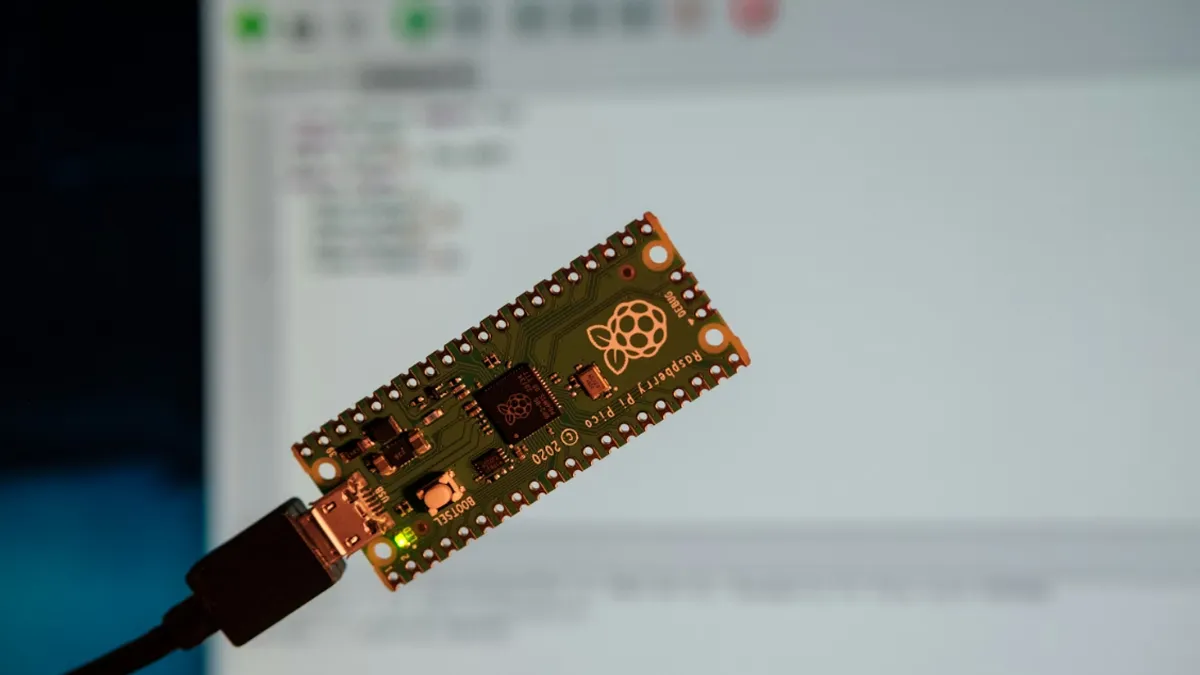
Lighting Fixture CE Certification Testing Laboratory
What is CE certification?
CE certification is limited to essential safety requirements that do not endanger human, animal, and goods safety, rather than general quality requirements. The harmonized directive only stipULates the main requirements, and the general directive requirements are the tasks of the standards. Therefore, the accurate meaning is: the CE mark is a safety conformity mark rather than a quality conformity mark. It constitutes the core of the European directive's "main requirements."
The "CE" mark is a safety certification mark and is regarded as a passport for manufacturers to open and enter the European market. CE stands for "Conformité Européenne," which means European Conformity.
In the EU market, the "CE" mark is a mandatory certification mark. Regardless of whether the products are produced by enterprises within the EU or other countries, to freely circulate in the EU market, the "CE" mark must be affixed to show that the product complies with the basic requirements of the EU's "Technical Harmonization and Standardization New Approach" directive. This is a mandatory requirement of EU law for products.
CE Certification Standards for Lighting Fixtures
Lighting fixtures, as common household and commercial items, naturally fall within the scope of CE certification requirements. However, there are many types of lighting fixtures, and the standards applied when handling CE certification for various fixtures are different. Here is a summary of some CE certification standards for different lighting fixtures for your reference.
CE Certification Standards for Various Lighting Fixtures:
1. Fixed Luminaires
EN60598-1:2008+A11:2009
Luminaires - Part 1: General requirements and tests
EN60598-2-1:1989
Luminaires - Part 2: Particular requirements – Section 1: Fixed general-purpose luminaires
Examples: Chandeliers, ceiling lights
2. Portable Luminaires
EN60598-1:2008+A11:2009
Luminaires - Part 1: General requirements and tests
EN60598-2-4:1997
Luminaires - Part 2: Particular requirements – Section 4: Portable general-purpose luminaires
Example: Table lamps
3. Recessed Luminaires
EN60598-1:2008+A11:2009
Luminaires - Part 1: General requirements and tests
EN60598-2-2:1996+A1:1997
Luminaires - Part 2: Particular requirements – Section 2: Recessed general-purpose luminaires
Example: Downlights
4. Luminaires for Road and Street Lighting
EN60598-1:2008+A11:2009
Luminaires - Part 1: General requirements and tests
EN60598-2-3:2003
Luminaires - Part 2-3: Particular requirements – Luminaires for road and street lighting
Example: Street lights
5. Lighting Chains
EN60598-1:2008+A11:2009
Luminaires - Part 1: General requirements and tests
EN60598-2-20:1997+A1:1998+A2:2004
Luminaires - Part 2-20: Particular requirements – Lighting chains
6. Handheld Luminaires
EN60598-1:2008+A11:2009
Luminaires - Part 1: General requirements and tests
EN60598-2-8:1997+A1:2000+A2:2008
Luminaires - Part 2-8: Particular requirements – Handlamps
Examples: Handheld slit lamps, handheld UV lamps, handheld laser lamps, handheld hunting lamps, handheld roasting lamps, handheld xenon lamps, handheld Bunsen lamps, handheld curing lamps, handheld flame lamps, handheld inspection lamps, handheld external lamps, handheld news cameras lamps, handheld signal lamps, handheld searchlights
7. Ground Recessed Luminaires
EN60598-1:2008+A11:2009
Luminaires - Part 1: General requirements and tests
EN60598-2-13:2006
Luminaires - Part 2-13: Particular requirements – Ground recessed luminaires
Examples: Reflective downlights, indicator lights, light control lights, buried lights, ground lights, lawn lights, landscape lights, swimming pool lights, spotlights
If the above are LED luminaires and have LED power modules, additional standards are requiRED:
- EN61347-2-13:2006
- Lamp controlgear – Part 2-13: Particular requirements for d.c. or a.c. supplied electronic controlgear for LED modules
- EN62031:2008
- LED modules for general lighting – Safety specifications
JJR Laboratory in China is an IEC 17025 accredited laboratory providing CE certification testing services for lighting fixtures exported to the EU market. We are located in China and can help you save 20% on certification testing costs.
Email:hello@jjrlab.com
Write your message here and send it to us
 Infant Support Pillow 16 CFR 1243/1242 & ASTM
Infant Support Pillow 16 CFR 1243/1242 & ASTM
 BRM Registration Card Under CFR Part 1130 Regulati
BRM Registration Card Under CFR Part 1130 Regulati
 How to get a D-U-N-S® Number for US FDA Registrati
How to get a D-U-N-S® Number for US FDA Registrati
 Household Massage Devices Compliance in the China
Household Massage Devices Compliance in the China
 Compliance for the Global In Vitro Diagnostic (IVD
Compliance for the Global In Vitro Diagnostic (IVD
 Compliance Guide for Nebulizers in European and Am
Compliance Guide for Nebulizers in European and Am
 Cybersecurity Certification Service for EU RED Dir
Cybersecurity Certification Service for EU RED Dir
 ANATEL Certification Compliance Guide for Brazil M
ANATEL Certification Compliance Guide for Brazil M
Leave us a message
24-hour online customer service at any time to respond, so that you worry!




